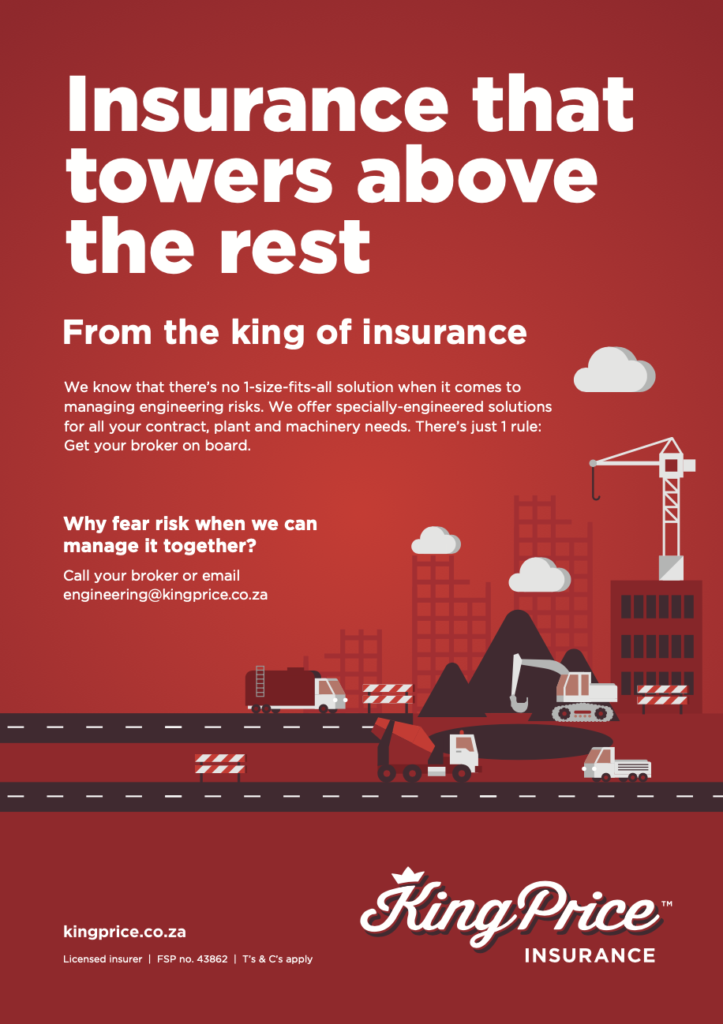By Rouxdolf Wentzel, partner of risk at King Price Insurance

The past few years have been brutal on the local insurance industry, with a combination of natural disasters and civil unrest wreaking havoc on loss ratios across the board. But the industry is all about managing risks – and reinsurers and insurers alike are already looking for ways to help society manage risks better in future.
Natural disasters in South Africa are becoming increasingly common. The Knysna fires and Cape storms of 2017 cost the local insurance industry between R3 billion and R4 billion, while the estimated cost of infrastructural damage from the KwaZulu-Natal floods in 2019 was R1.1 billion. 2022 has already brought widespread flooding across the country, causing extensive damage to property and crops.
Global reinsurer Munich Re estimates that natural disasters caused around US$280 billion of damage in 2021, with insured losses of approximately US$120 billion – making 2021 the second-costliest insured loss year ever.
The problem is that weather-related disasters are only going to increase in the coming years. The Institute for Security Studies says there’s been a 57% increase in weather-related events over the past 20 years, compared to the preceding two decades, and climate scientists believe this trend will continue to rise.
Right now, there’s no danger of insurers not being able to pay claims. In South Africa, and internationally, the industry regulator requires all insurers to maintain adequate surplus funds and reinsurance for potential claims for their exposure to large catastrophe events, like flooding and drought. And the reinsurance market still has the capacity to offer sufficient cover for local markets to mitigate risk, albeit at higher cost.
But what does this mean for South African businesses, farmers and homeowners? Instead of simply increasing premiums, reinsurers and insurers are looking at ways to help clients mitigate their own risks and using data analysis to flag potential areas of future risk. The industry never wants to be in a situation where people can’t afford insurance, so it’s important that we get proactive in how we support our clients to better understand and manage their risks, and become more resilient and adaptable.
Working with insurers, reinsurers are already tailoring insurance products in unique ways to fit the excess exposure. They’re using technology and data more effectively than ever to quantify risks and provide innovative solutions. They’re participating in a range of initiatives, such as assisting claims management and underwriting through geographical and historical catastrophe footprint data. This will ensure long-term sustainability through better underwriting, rather than simply exiting certain areas.
The industry knows change is coming, and we’re ready for it. At industry level, we’re already talking about ways we can help our clients become more resilient to natural disasters. Our ability to offer the protection that modern society relies on, depends on it. As insurers, we have a major role to play in making the world a more sustainable place for all of us.


